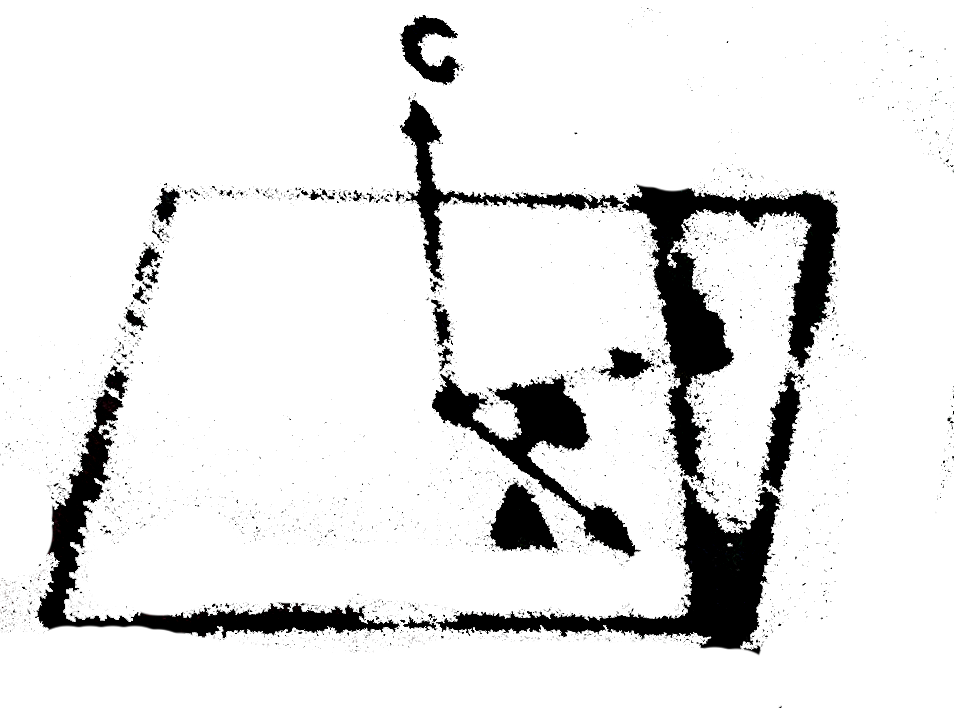Choose the correct option A×B=C
(i)C is perpendicular to A
(ii) C is perpendicular to B
(iii) C is perpendicular to (A+B)
(iv) C is perpendicular to (A×B)
Only (i) and (ii) are correct
Only (ii) and (iv) are correct
(i),(ii) and (iii) are correct
All of the above
(c) A×B=C
It is clear from the figure that C is perpendicular to A and B, and C is paraller to A×B

Topper's Solved these Questions
Similar Questions
Knowledge Check
If a is perpendicular to b and c, then
Aa×(b×c)=1B→a×(→b×→c)=→0Ca×(b×c)=−1Dnone of theseIf a is vector perpendicular to both b and c them
Aa + ( b + c) = 0Ba×(b+c)=0Ca×(b×c)=0Da⋅(b×c)=0
If a, b, c are the three vectors whose magnitudes are respectively 3, 4, 5 and a is perpendicular to b+c, b is perpendicular to c+a and c is perpendicular to a+b then show that |a+b+c|=5√2
View SolutionLet →a,→band→c are vectors of magnitude 3,4,5 respectively. If →a is perpendicular to →b+→c , →b is perpendicular to →c+→a and →c is perpendicular to →a+→b then find the magnitude of →a+→b+→c
View SolutionIf →c is perpendicular to both →a and →b , then prove that it is perpendicular to both →a+→b and →a -→b .
View SolutionIf →c is perpendicular to both →a and →b , then prove that it is perpendicular to both →a+→b and →a -→b .
View SolutionIf →c is perpendicular to both →a and →b, then prove that it is perpendicular to both →a+→b and →a−→b.
View SolutionStatement I: If a is perpendicular to b and c, then a×(b×c)=0 Statement II: if a is perpendicular to b and c, then b×c=0
View Solution
